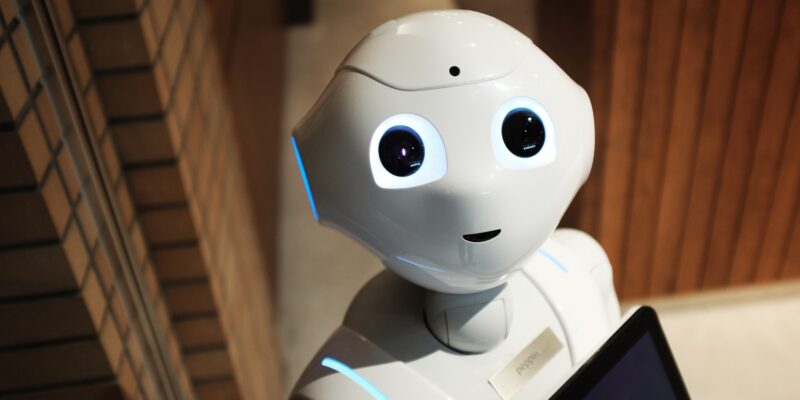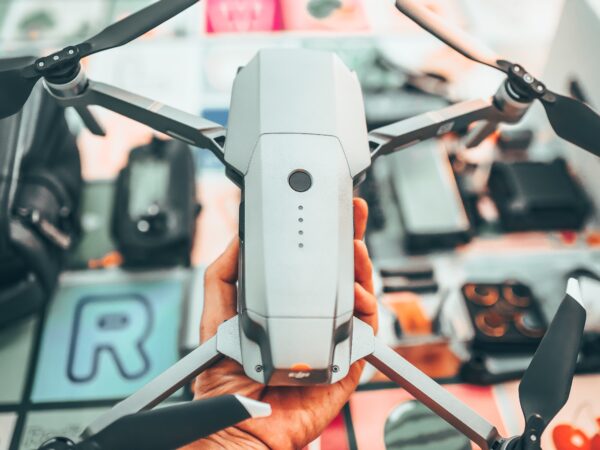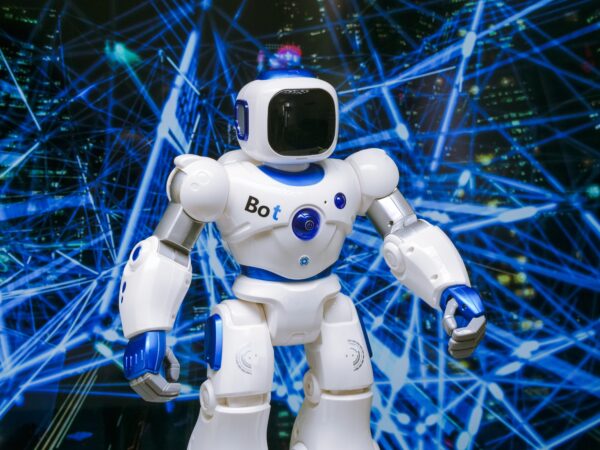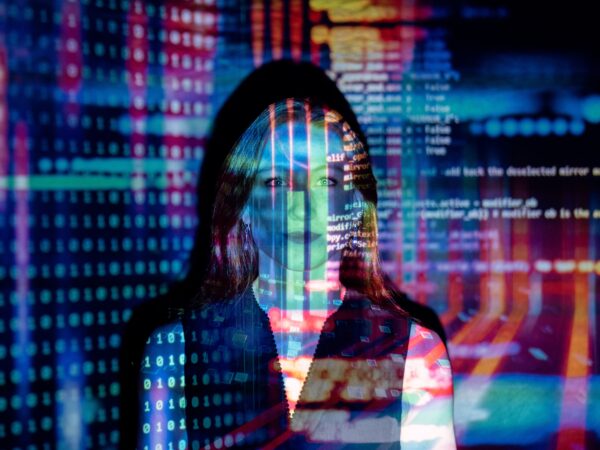What is Machine Learning
Welcome to the world of machine learning in artificial intelligence. If you’re curious about how computers can learn and adapt, then you’ve come to the right place. From self-driving cars to personalized recommendations online, machine learning is changing the game for businesses and consumers alike. In this post, we’ll explore what machine learning is all about and how it’s shaping our future. So buckle up and get ready for a deep dive into the exciting world of AI!
Machine learning is a branch of AI that creates algorithms that learn from and predict data. It is used in Email filtering, intruder detection, and computer vision use machine learning algorithms.
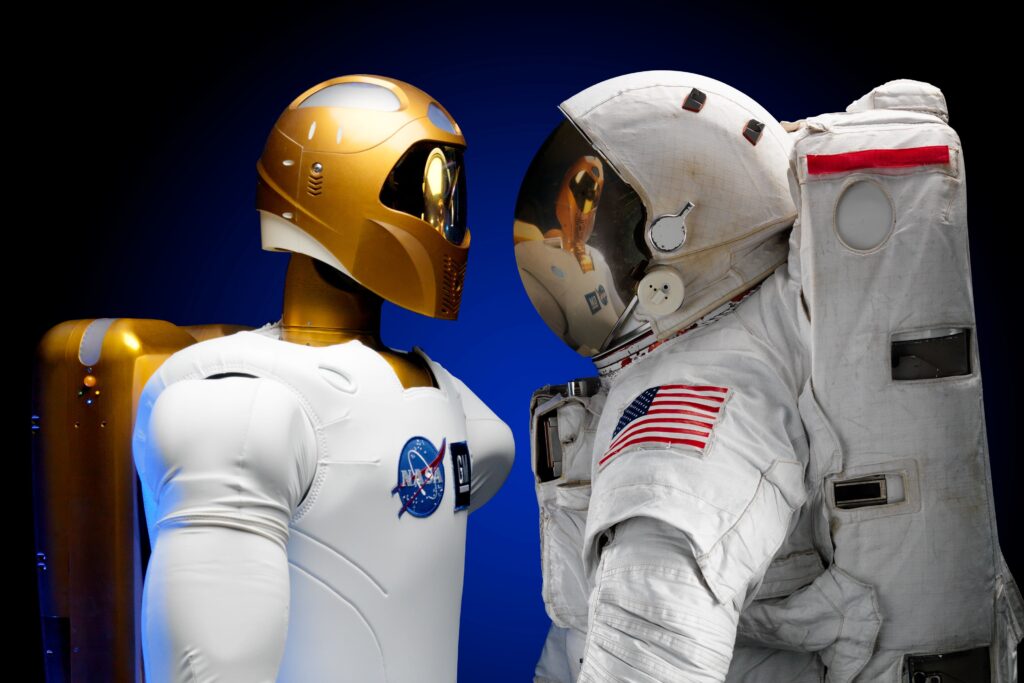
How does it works?
Machine learning is a subset of artificial intelligence in which computers are trained to learn from data, identify patterns and make predictions. Its goal is to enable computers to learn on their own, without human intervention.
Machine learning algorithms work by building models based on training data. These models can then be used to make predictions on new data. The accuracy of the predictions depends on the quality of the training data and the complexity of the task.
Some machine learning tasks are easier than others. For example, it is relatively easy to train a computer to recognize images of cats or dogs. However, it is much harder to train a computer to identify cancerous tumors in X-rays.
In general, the more data you have, the better your models will be at making predictions. However, too much data can also be a problem. If your training data is too large, it can take a long time for the computer to learn from it. Additionally, if your training data is not representative of the real world, your models may not accurately reflect reality.
How many different kinds of Machine Learning are there?
Classical Learning
It is often put into groups based on how an algorithm learns to make its predictions more accurate. There are four basic ways to learn: with supervision, without supervision, semi-supervision, and reinforcement. Data scientists choose what kind of algorithm to use based on what kind of data they want to predict.
Supervised Learning
In this type of learning, data scientists give algorithms training data that has been labelled and tell the algorithm which variables it should look for correlations between. Both what goes into the algorithm and what comes out of it are given.
Unsupervised Learning
It uses algorithms that learn from data that hasn’t been labelled. The algorithm looks at each set of data to see if there is any connection that makes sense. The data that algorithms use to learn and the predictions or suggestions they make are both set in stone.
Semi-supervised Learning
It is a type of learning that combines the first two. Data scientists may feed an algorithm mostly labelled training data, but the model is free to explore the data on its own and build its own understanding of the data set.
Reinforcement Learning
Most of the time, data scientists use reinforcement learning to teach how to finish a multi-step process with clear rules. Data scientists tell an algorithm how to do a job by telling it what to do and giving it positive or negative feedback as it figures out how to do the job. But most of the time, the algorithm figures out on its own what steps to take next.
Who uses Machine learning, and What it is used for?
It is used in a lot of different ways today. The recommendation engine that powers Facebook’s news feed is probably one of the best-known examples of machine learning in action.
Facebook uses machine learning to customise how each member’s feed is delivered. If a member often stops to read posts from a certain group, the recommendation engine will start to show more posts from that group earlier in the feed.
Behind the scenes, the engine is trying to reinforce the member’s online habits that are already known. If the member changes his or her habits and doesn’t read posts from that group over the next few weeks, the news feed will change to reflect that.
Other Ways to Use:
Taking care of customer relationships:
Machine learning models can be used by CRM software to look at email and remind sales team members to answer the most important messages first. Some more advanced systems can even suggest actions that might work.
Business intelligence:
Machine learning is used by BI and analytics companies to find potentially important data points, patterns of data points, and anomalies in their software.
Information systems for human resources:
Machine learning models can be used by HRIS systems to sort through applications and find the best people for a job opening.
Autonomous cars:
Their algorithms can even help a semi-autonomous car recognize an object that is only partly visible and let the driver know about it.
Virtual assistants:
Smart assistants usually use both supervised and unsupervised learning models to understand natural speech and provide context.
What Are the Pros and Cons:
It has been used to do things like predict how customers will act and make the operating system for cars that drive themselves.
When it comes to benefits, It can help businesses learn more about their customers. Their algorithms can learn to make connections between customer data and customer behaviour over time. This helps teams develop products and marketing campaigns that meet customer needs.
Some businesses are based on machine learning as their main way to make money. For example, Uber uses algorithms to put drivers and riders together. Google puts ride ads at the top of search results by using machine learning.
But there are some bad things about machine learning. In the first place, it can be expensive. Data scientists, who get paid a lot, are usually in charge of projects that use machine learning. These projects also need infrastructure for software, which can be pricey.
Machine learning bias is another problem. When algorithms are trained on data sets that leave out certain groups of people or have mistakes, they can make wrong models of the world that, at best, don’t work and, at worst, are biassed. When a company’s most important business processes are based on flawed models, it can get in trouble with the law and hurt its reputation.


